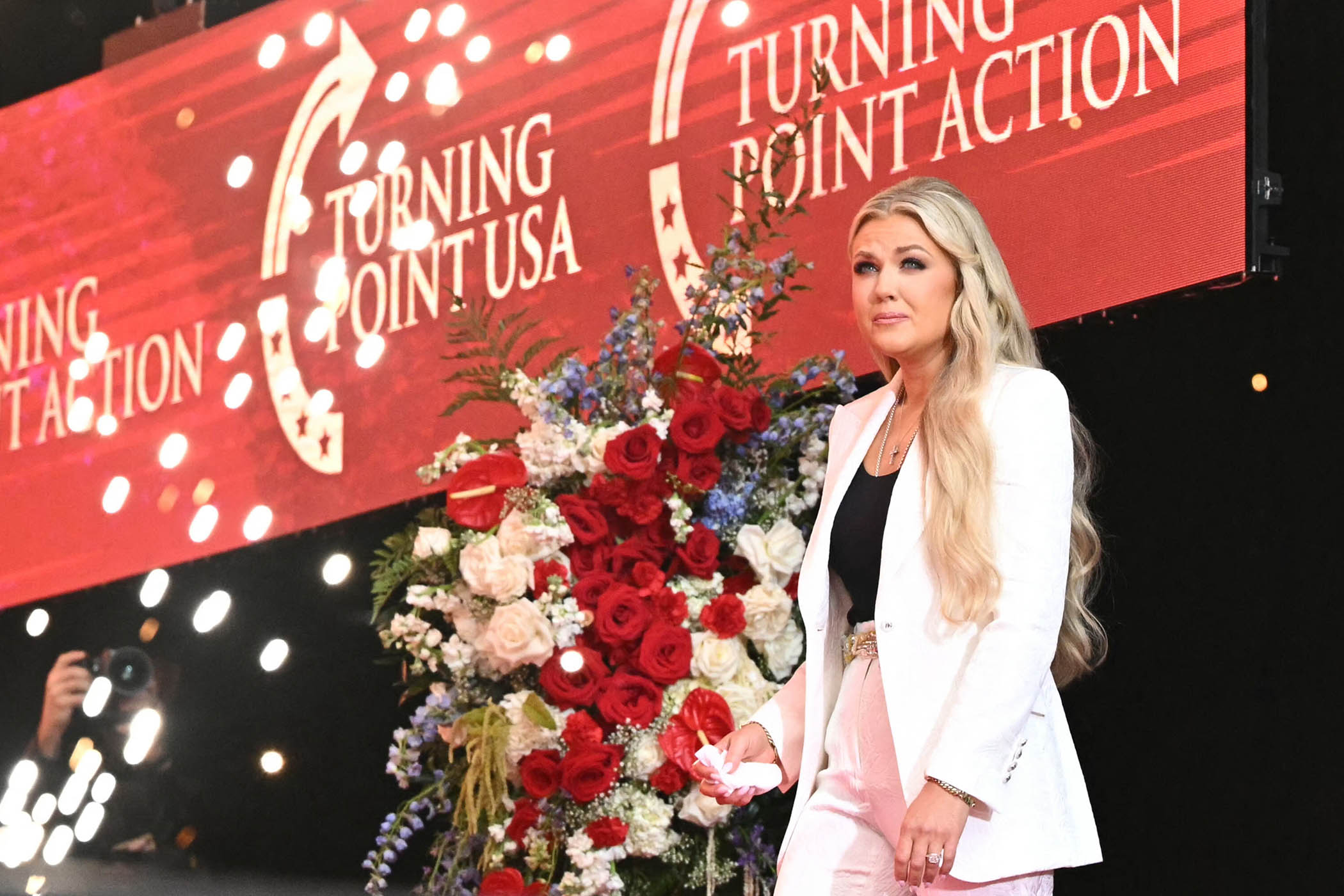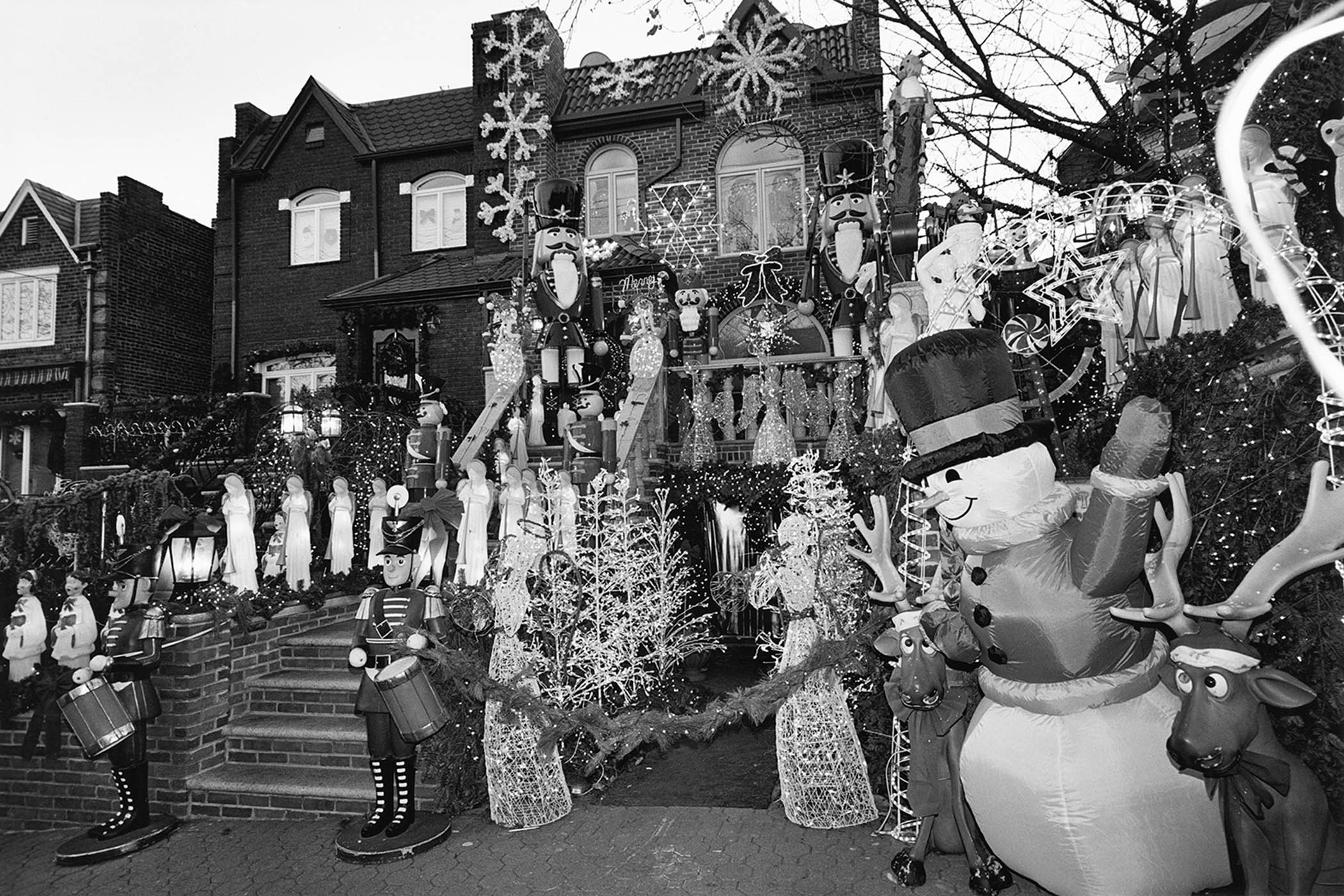I’ve been looking out the window all morning and I’ve yet to see a moving van or, for that matter, a tumbril. Between the “new era” rhetoric in Zohran Mamdani’s acceptance speech and the rightwing rants about Stalin, it seemed either an exodus or a revolution were in store, but instead New York today just feels a bit more like it did before Rudy Giuliani made it more like the rest of America. And that’s what New Yorkers voted for – a city that belongs to them.
The New York that New Yorkers dream of – a buzzing, generous place full of art and industry best lived shoulder to shoulder – was created during the Great Depression by its most beloved mayor, Fiorello LaGuardia, who was also a socialist. Both he and Mamdani ran on improving transit, housing and public markets, all under the banner of affordability. Though Mamdani looks at the working class when he says “affordability”, everyone feels squeezed now as the city’s pleasures are up-priced into luxuries. LaGuardia gave a shattered, post-Gatsby city back to everyday New Yorkers. He got his agenda done. Can Mamdani?
Back in June when he won the primary I would have said no. Five months later the answer is still no. Federal money paid for almost a third of the city’s budget under La Guardia, and that’s not happening now. But Mamdani has shown the potential to lead change. Between the primary and the election, he engaged the vast scaffolding around this 400-year-old city, its real estate interests, Wall Streeters, non-profits and religious groups, and most of them came away impressed. Though the Democratic party was publicly flaccid in its support, behind the scenes regulars happily work with him, considering him the most reasonable of the left, and his transition team bears that out. The city shares a surprising amount of power with the state, so Governor Kathy Hochul’s endorsement signals that state capital Albany will help, not hinder.
As to facing down Donald Trump, the president’s threats to defund the city have already backfired. Pulling the plug on a long-planned $18bn tunnel connecting Manhattan and New Jersey was one of the issues that drove Democrat Mikie Sherrill’s surprise landslide in the New Jersey governor’s race. ICE is already here, though, and Mamdani’s line, “To get to any of us, you will have to get through all of us”, was not a metaphor.
The Vatican has a wild card to play; a new socially-minded cardinal and a new socialist mayor could make for a dynamic duo
Last month, as New Yorkers sussed out their own frog suit rentals and stocked up on whistles, a woman in a polka dot Comme des Garcons dress became an instant hero for standing down alleged ICE agents on Canal Street. (The dress is currently up for auction to benefit legal aid for immigrants.) The Vatican, of all places, has a wild card to play. In February, Pope Leo accepted the resignation of conservative Cardinal Timothy Dolan; a new socially-minded cardinal and a new socialist mayor could make for a dynamic duo.
Related articles:
But returning New York to New Yorkers, turning this corporate piggy bank back into a home, must go both ways. Two weeks before the election, Mamdani and Andrew Cuomo, who was running as an independent, spoke at an event hosted by community organisers of the Metro Industrial Areas Foundation. The auditorium at Queens College was as diverse a room as you’ll find in New York today – multi-racial, multi-faith, all ages, from all boroughs.
Cuomo came late, offered twice as much as was asked for, pandered, promised, then left with his entourage. All the while Mamdani was sitting in the front row. Before he was called up, the host Rev David Brawley said quietly, “Let it be noted that assembly member Mamdani arrived on time, and chose to sit among the people.”
The room went up for grabs. Mamdani made promises, but he was honest. He wanted to see how one programme fared before over-committing; he had legal questions on another. But there was joy in the room. Everyday citizens without clout or Swiss bank accounts were engaging with an elected official who gave back honesty, accountability, and, it must be said, a healthy dose of Bill Clinton-style charisma. Given that this mayoral election had the highest turnout since 1969, that wasn’t the only event that went that way. New Yorkers are ready.
Marching down Seventh Avenue at the No Kings demonstration, I found myself near a girl, maybe six or seven, wearing cardboard wings and wielding a tiny pink megaphone. She’d call “Show me what democracy looks like!” and the hundreds of Boomers around her would shout back “This is what democracy looks like!” Every so often she poked the blue dinosaur next to her because inflatable dinosaurs are so very pokeable. But as she kept chanting, her demand felt more urgent, and real.
When I was her age, I saw Dr King walk through my neighbourhood and Neil Armstrong walk on the moon. It was time for her now. On Tuesday in New York, that happened again, writ large. Change, some chaos, but hope again for a future. This is what democracy looks like.
Thomas Dyja is the author of New York, New York, New York: Four Decades of Success, Excess, and Transformation (Simon & Schuster)
Photograph by Alexi J Rosenfeld/Getty


